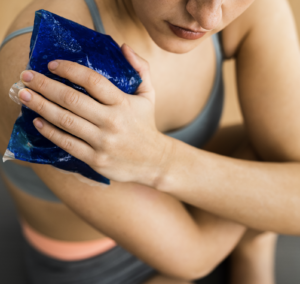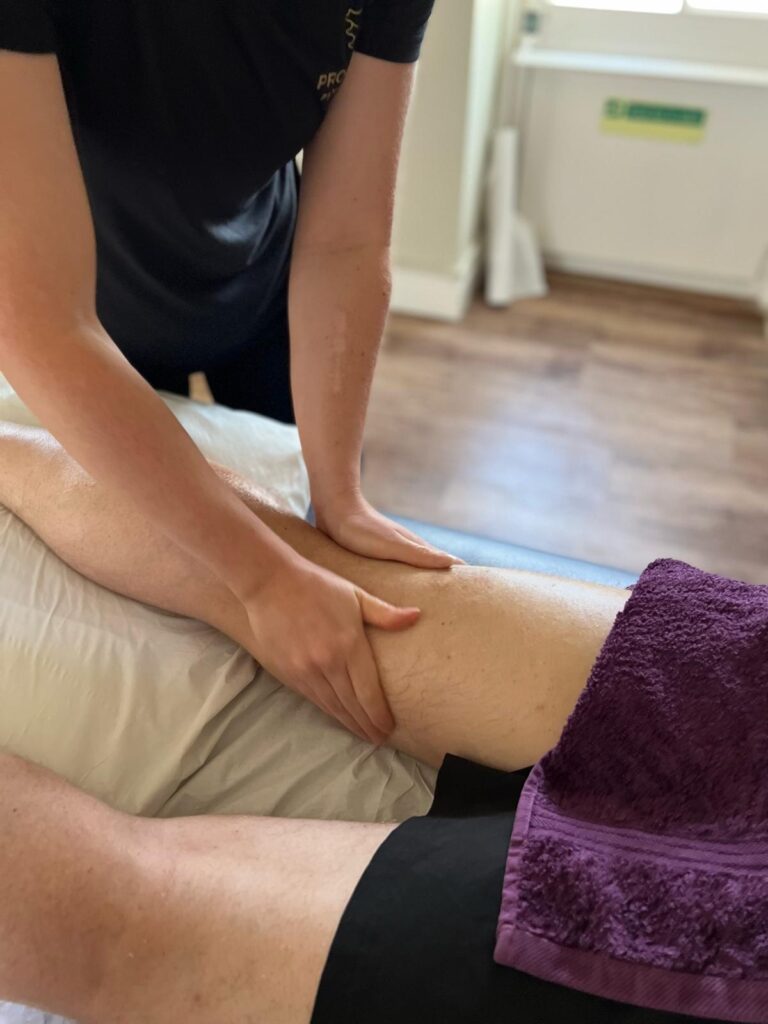What is the RICE Method for Injuries?
RICE stands for Rest, Ice, Compression and Elevation and is a regime often advised to help recover from physical injuries such as sprains and strains. But with new research and evidence surfacing all the time, this advice has changed a lot over recent years. So, what actually is the right thing to do, and is the RICE method for injuries really the best regime?
Should you use ice to treat an injury?
Ice has been – and still is – used by many athletes and healthcare professionals to treat an injury, with the aim of reducing inflammation and accelerating healing. There is a lot of literature within this field that recognises ice as a good analgesic, as the cool temperature numbs the skin. But ice application does not have any impact on the temperature of the underlying muscles where the injury actually occurs. So, although numbing the pain with ice makes us feel better in the short term, it may not actually help injuries in the long term.
When an injury such as a strain or sprain happens, our bodies react by sending signals to our macrophages (inflammatory cells). These cells release a hormone called Insulin-like Growth Factor (IGF-1). They then start to heal the injury by ‘killing off’ damaged tissue. However, when we apply ice to the affected area, we may prevent this natural release of IGF-1 and therefore be unintentionally prolonging the healing process.

PEACE & LOVE
The RICE method for injuries has been through many iterations over the years, including PRICE (adding the essential step of ‘Protecting’ the injury), and POLICE (which replaced ‘Rest’ with ‘Optimal Loading’). In 2019, however, injury treatment guidelines were updated and the acronym, PEACE & LOVE was coined:
Protection, Elevation, Avoid anti-inflammatory drugs, Compression, Education & Load, Optimism, Vascularisation and Exercise.
…Catchy!
This new injury management method revokes the ‘Ice’ step altogether, suggesting that although it’s useful in numbing the short-term pain, the drawbacks of icing actually outweigh the benefits. It is important to note, however, that prolonged, severe swelling applies pressure on the tissues, restricting movement and increasing pain. In these cases, ice may be advised in the early stages to limit the extent of the swelling.
In any case, we highly recommend seeing a specialist physiotherapist who can advise you on the best course of treatment for your specific injury. Being pro-active in treating injuries often helps to avoid further issues down the line. Here at Pro-Active Physio Pilates, we use hands-on techniques based on the latest evidence and research to treat injuries. Creating a bespoke plan of action that works around you and your schedule, we’ll help you get back to doing what you love.
To book your initial consultation, call 01386 298058 or book online here:
*Please call us on 01386 298058 if you are booking through insurance.





